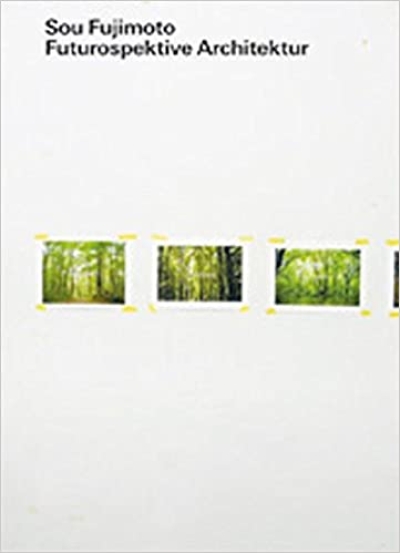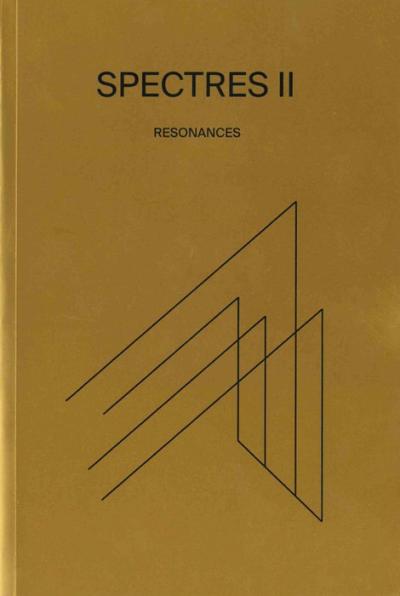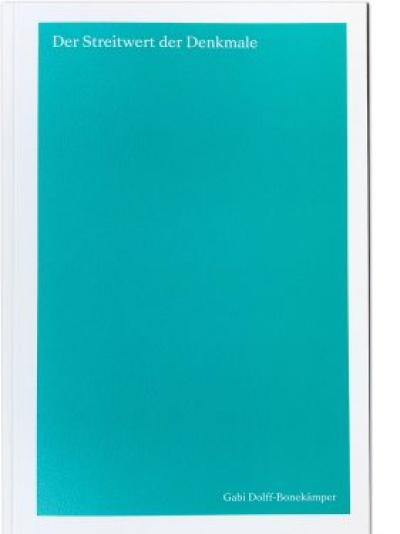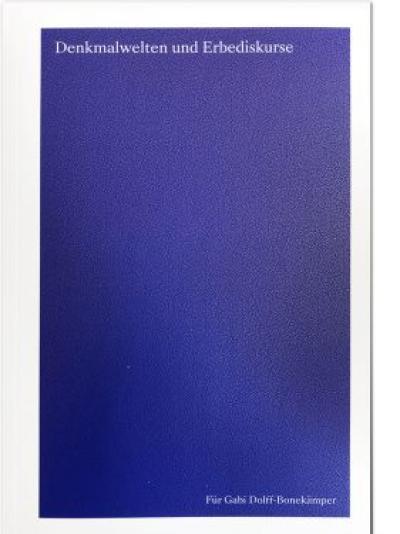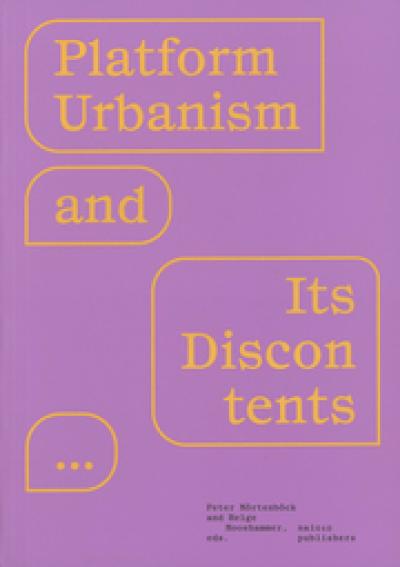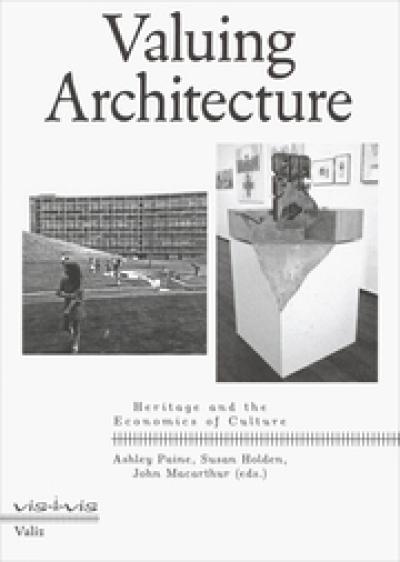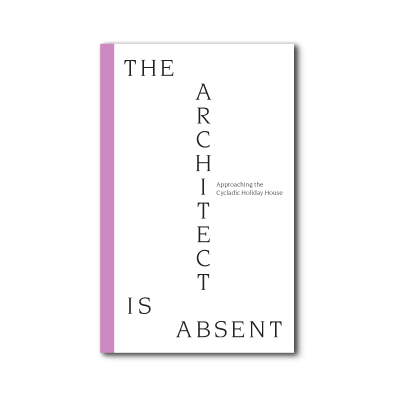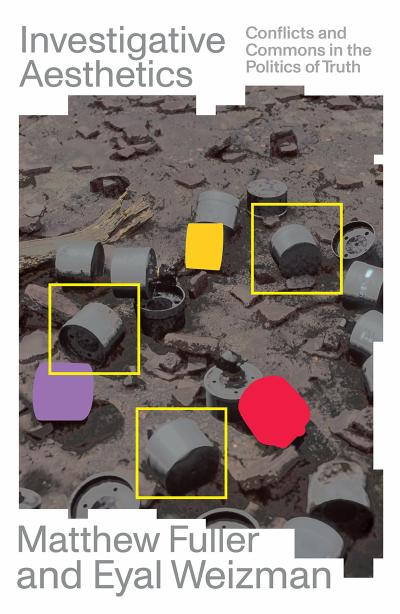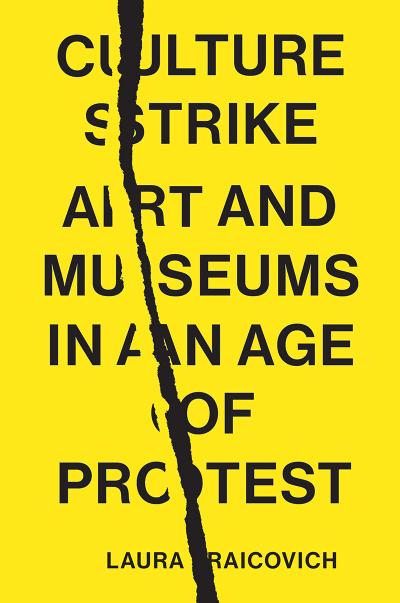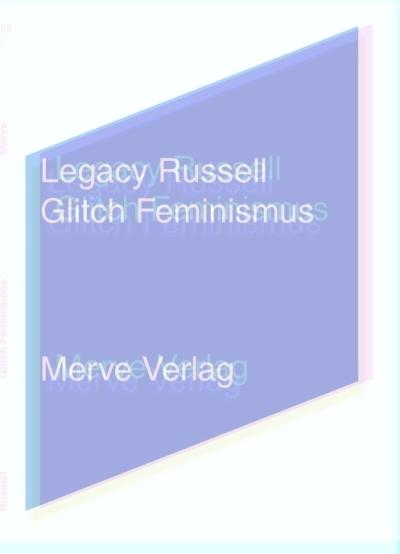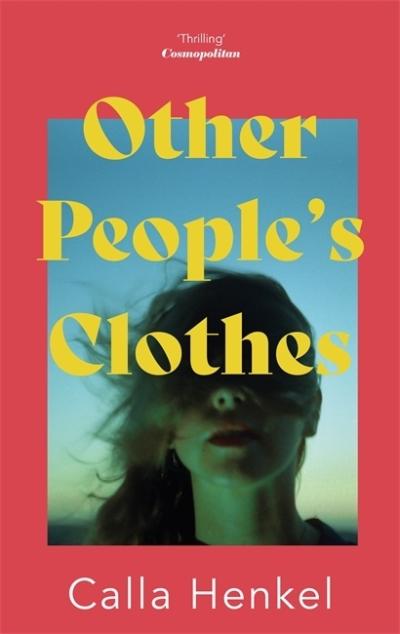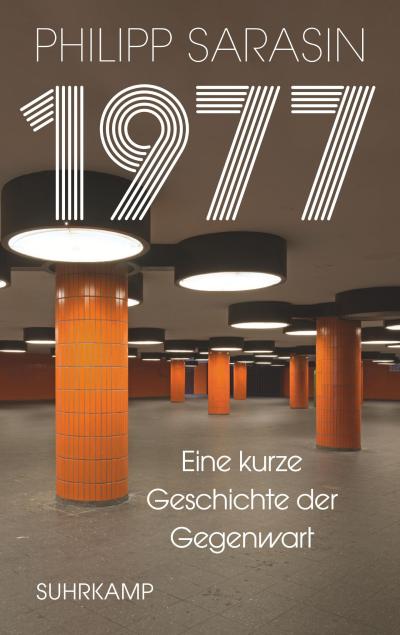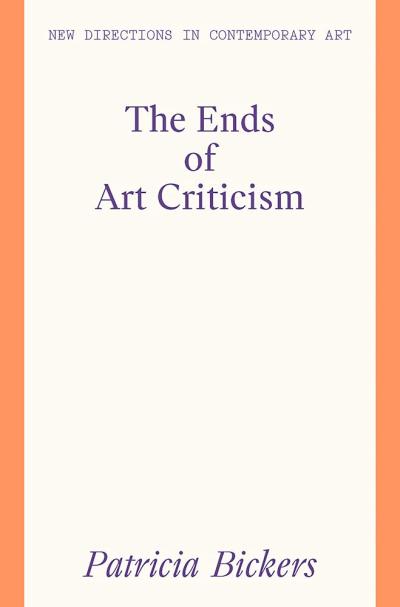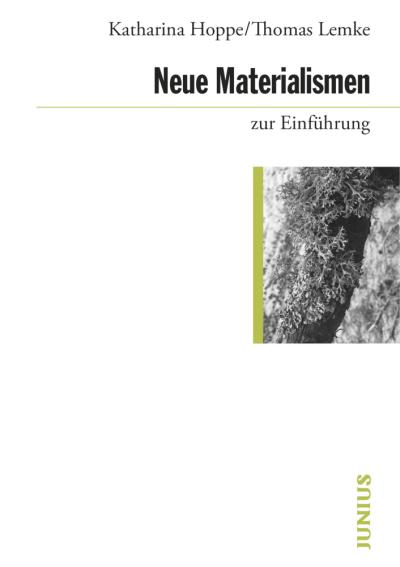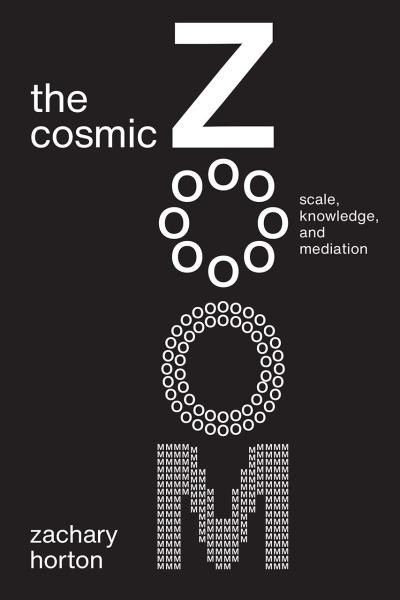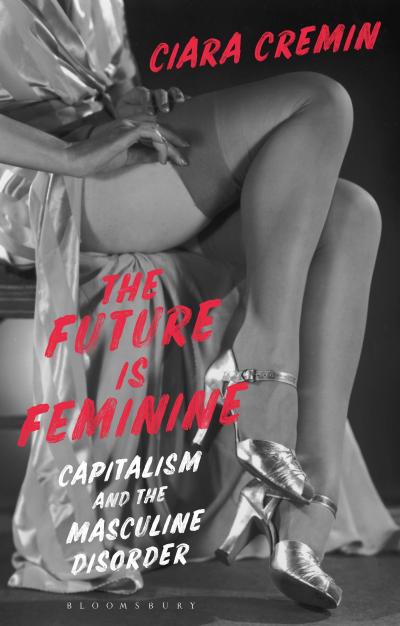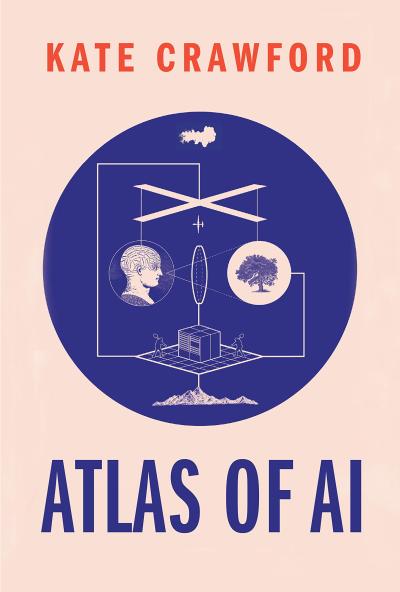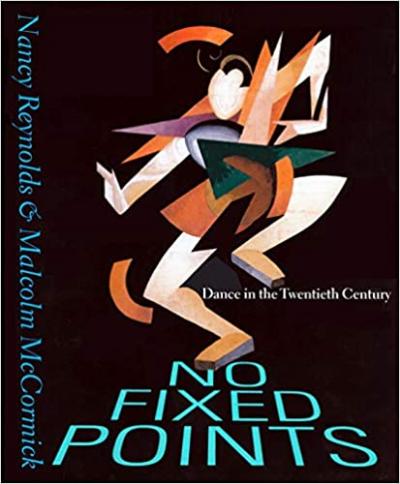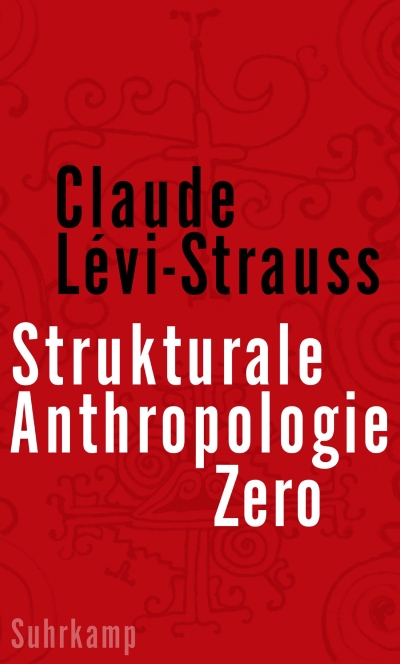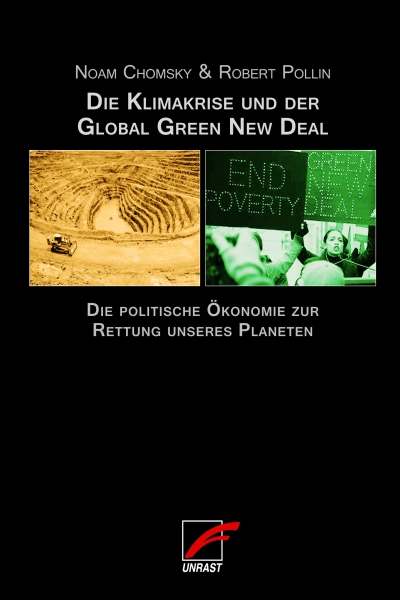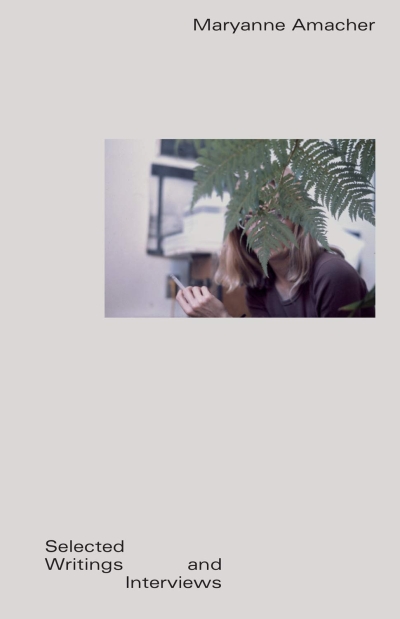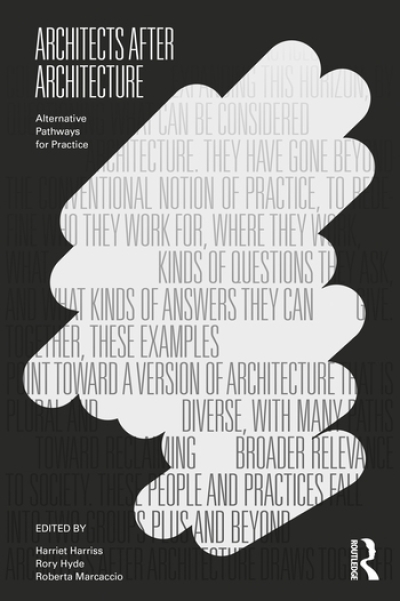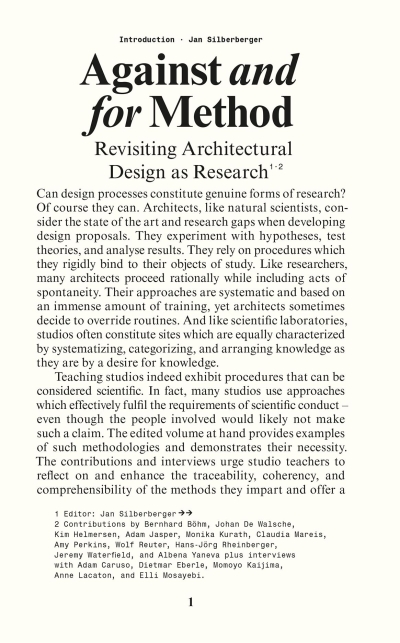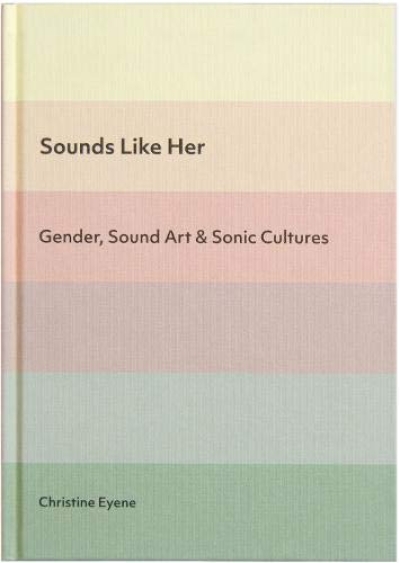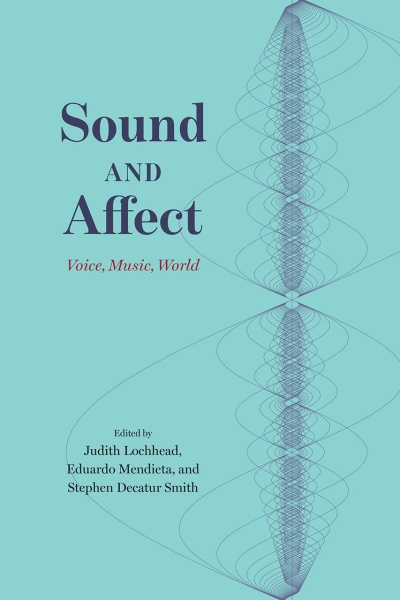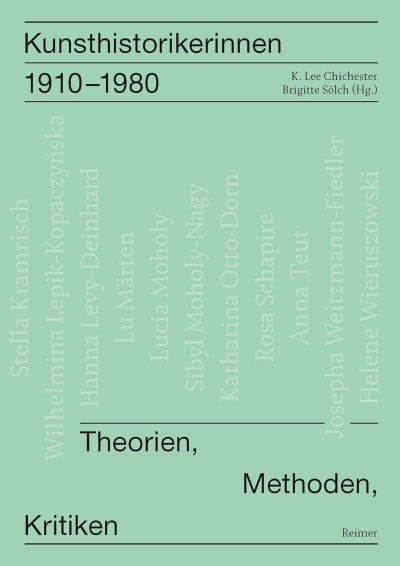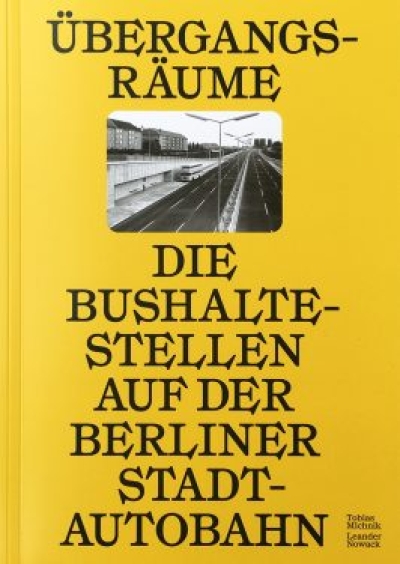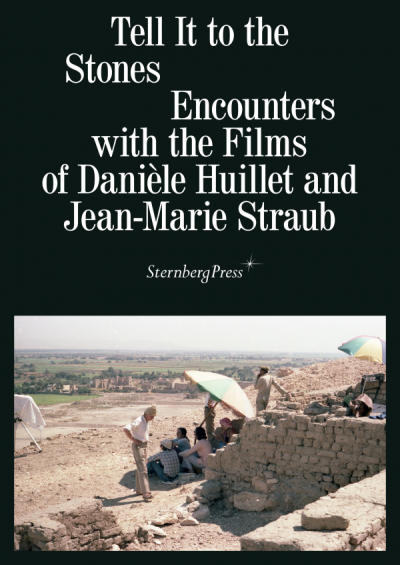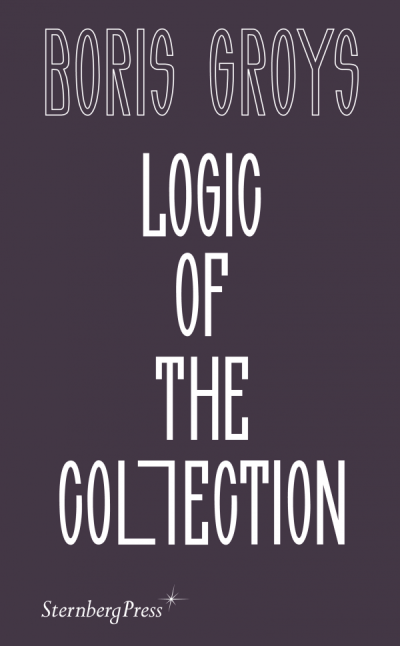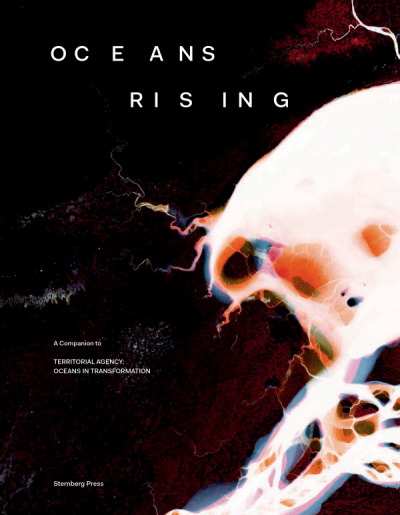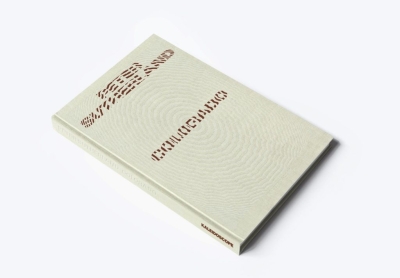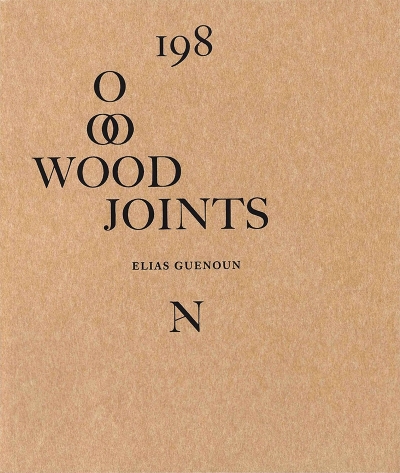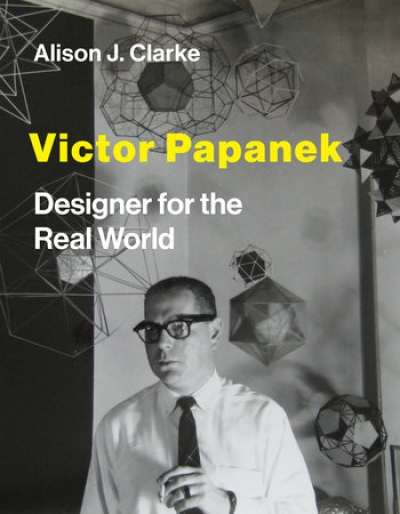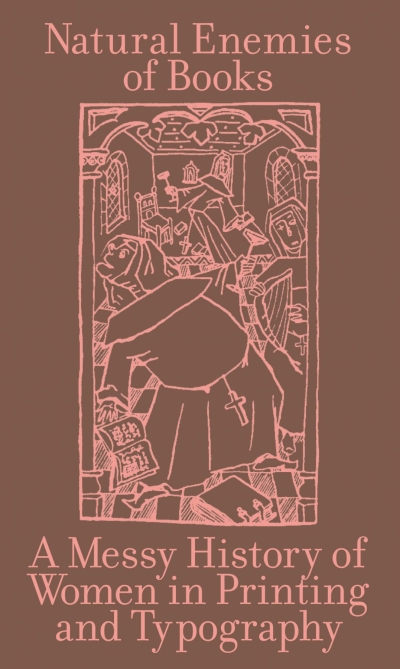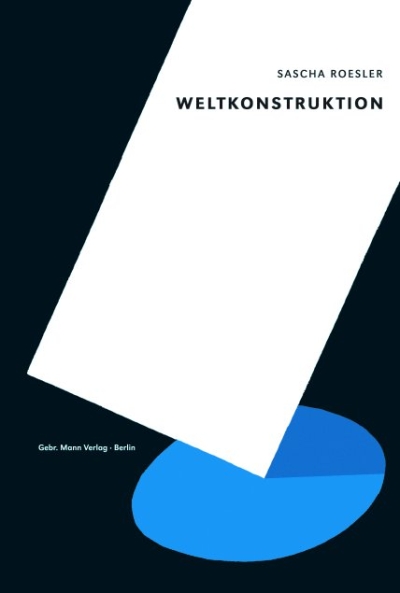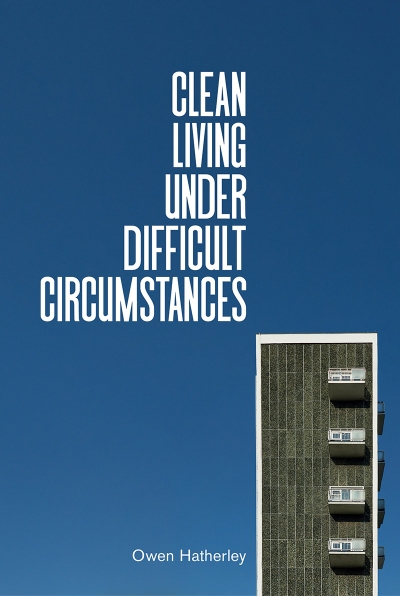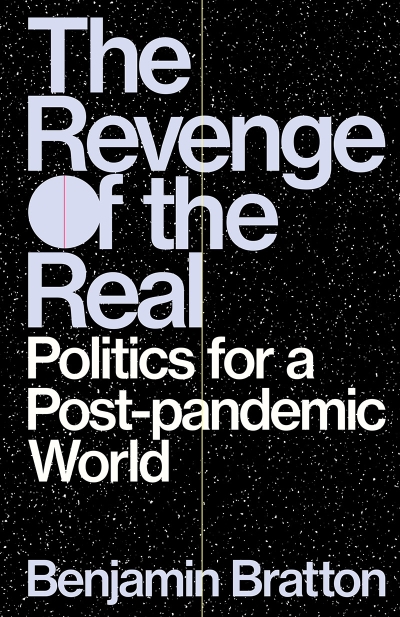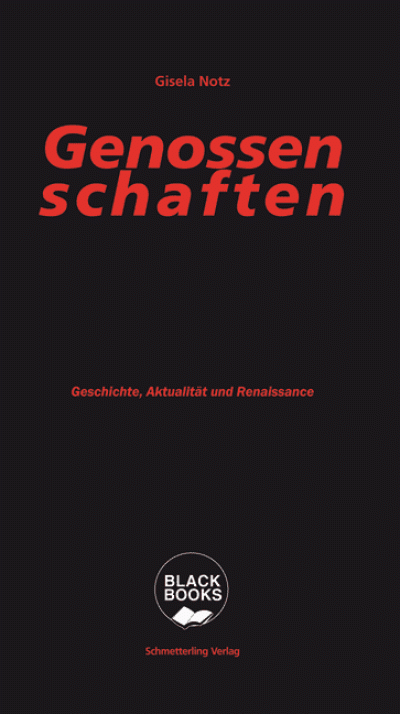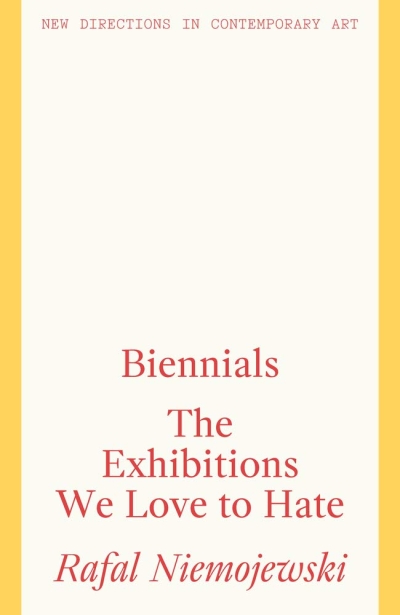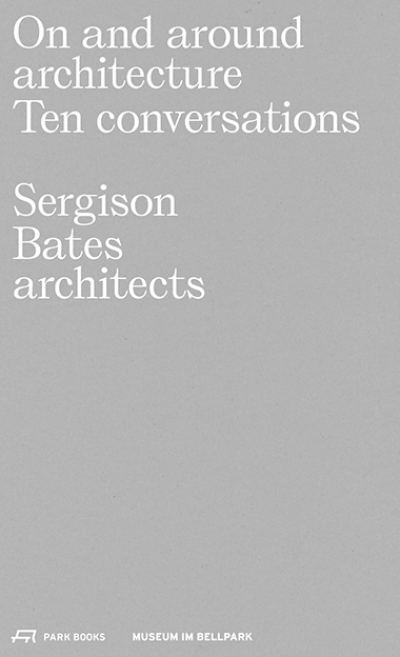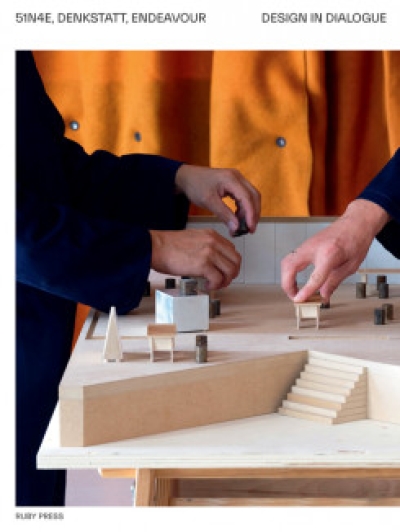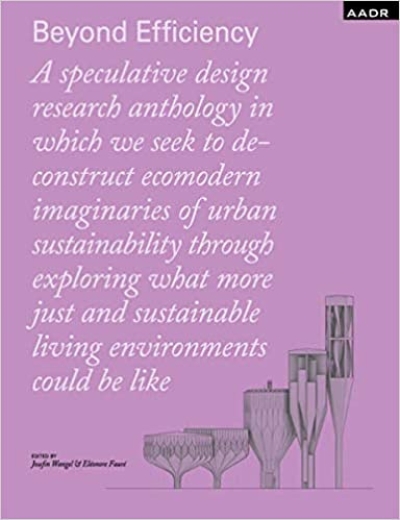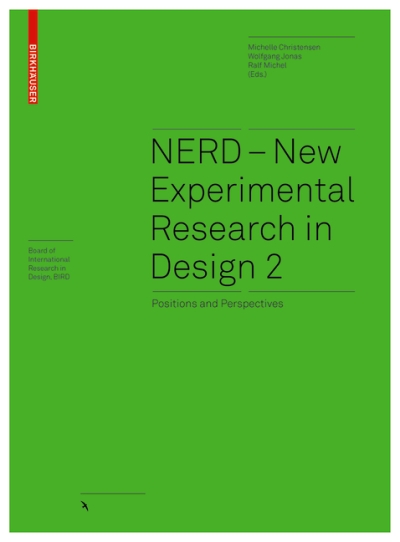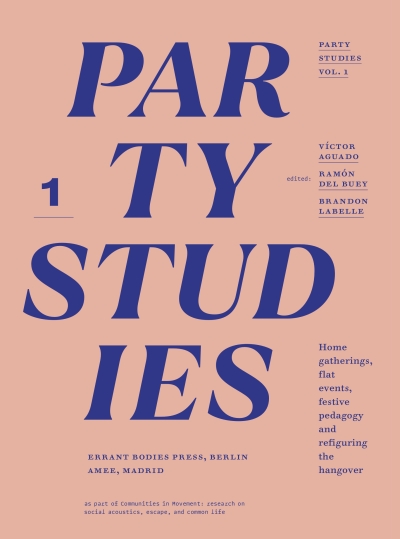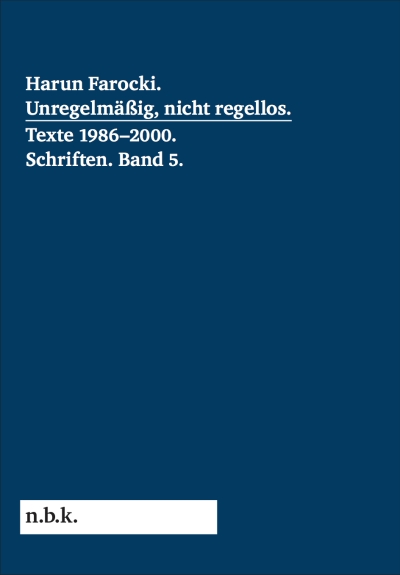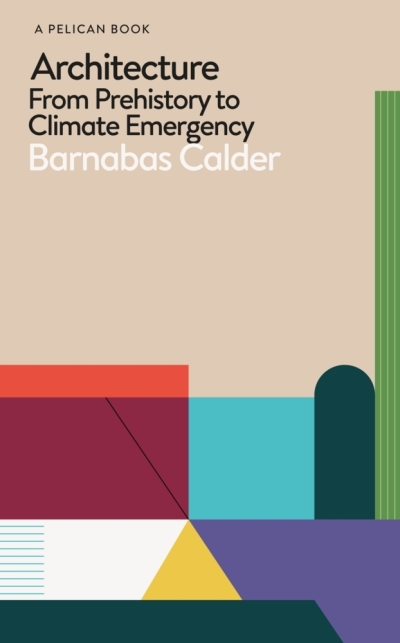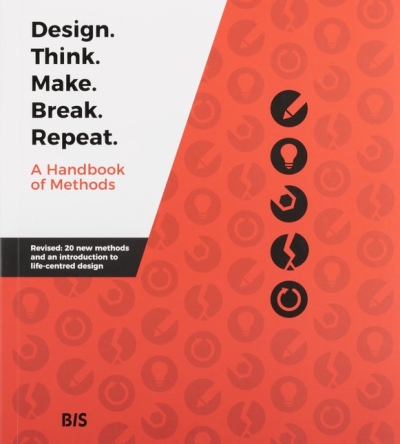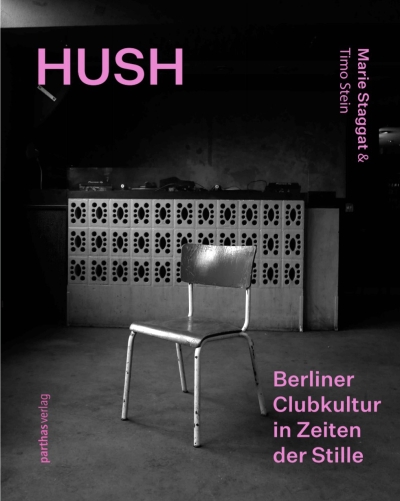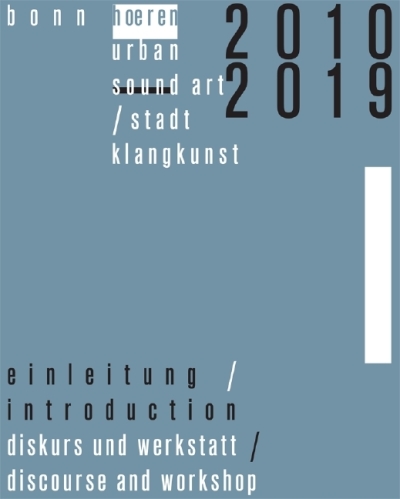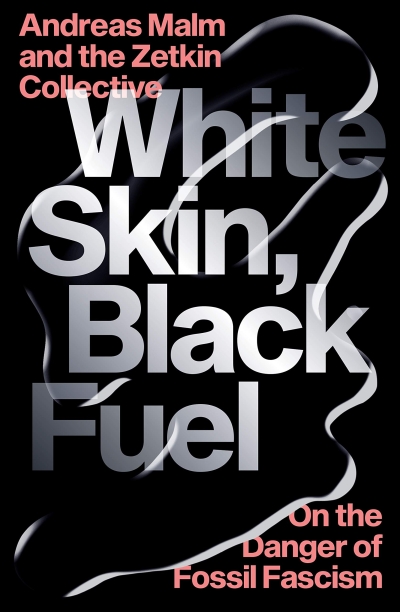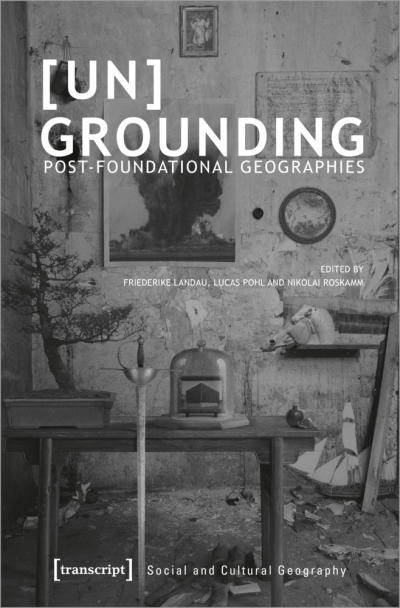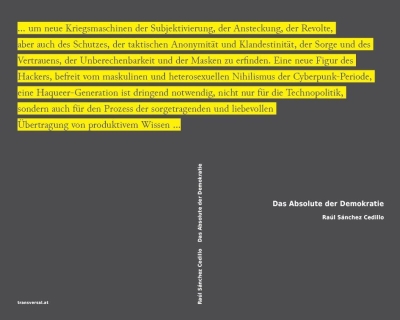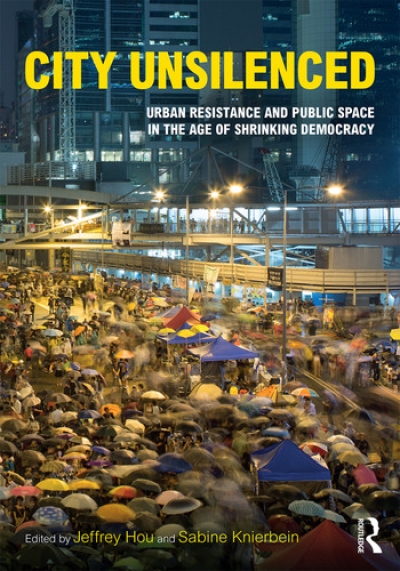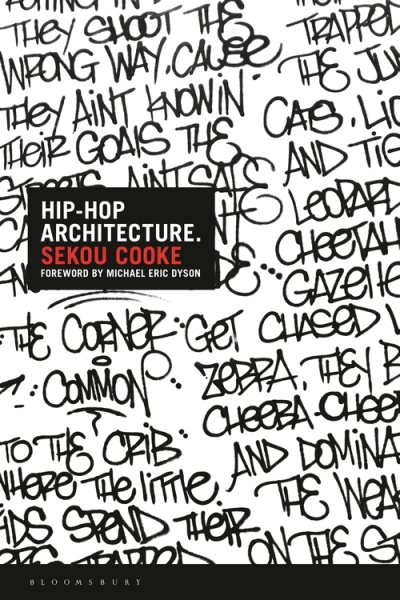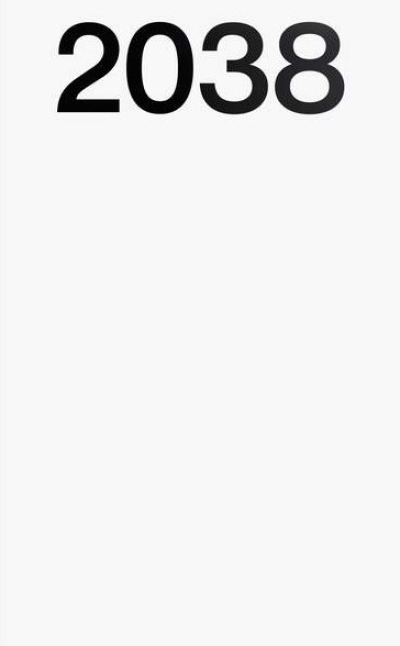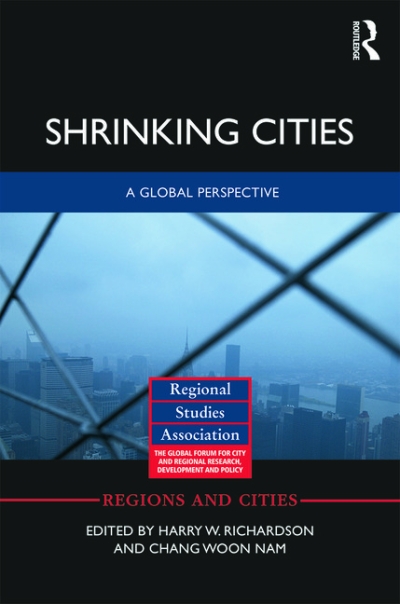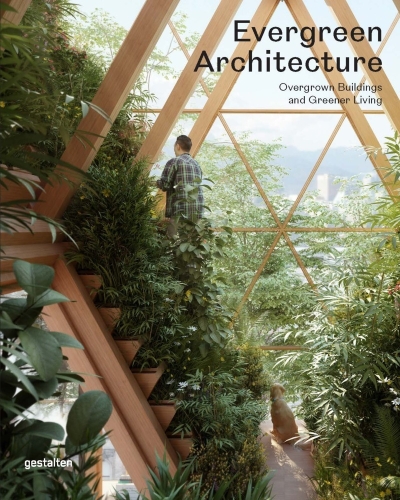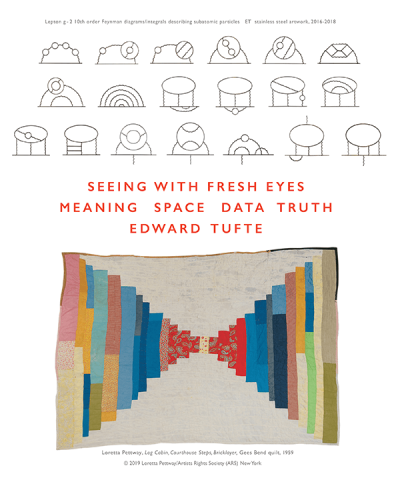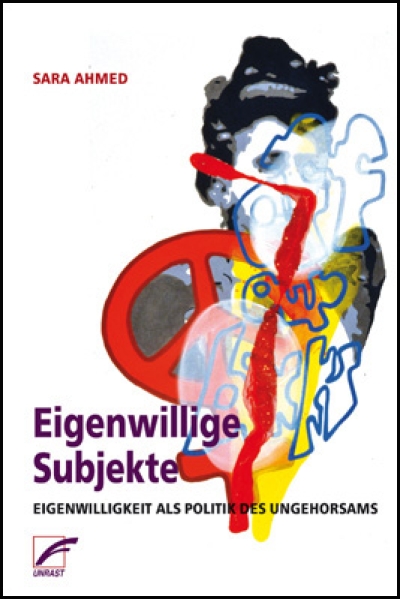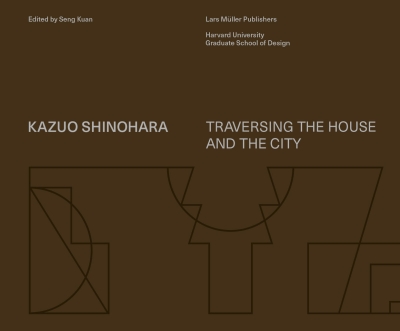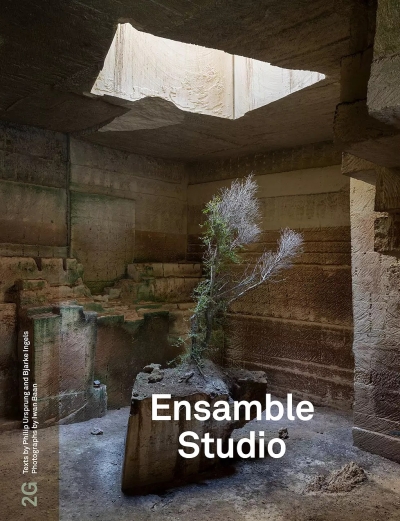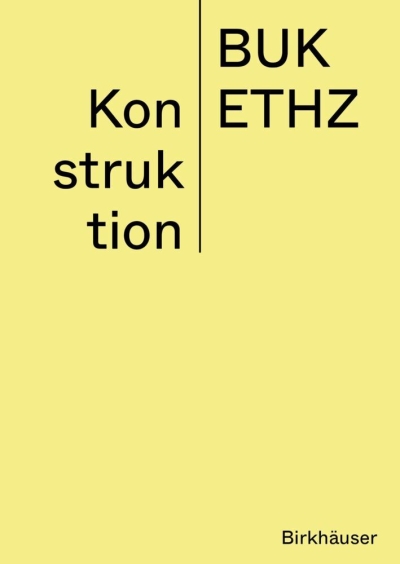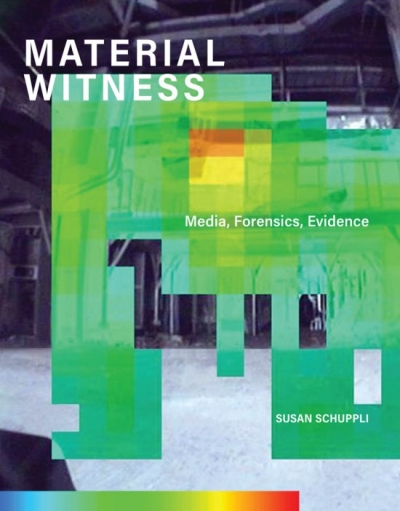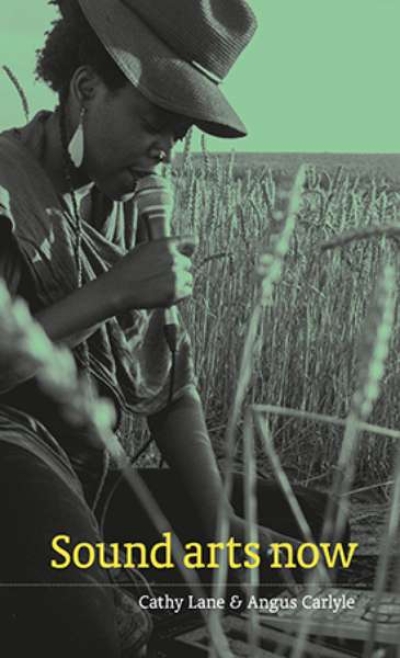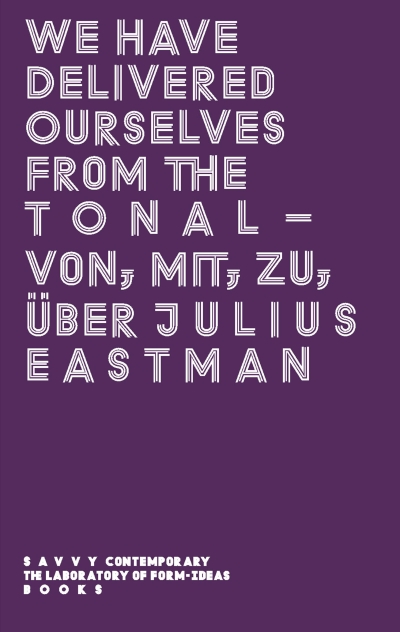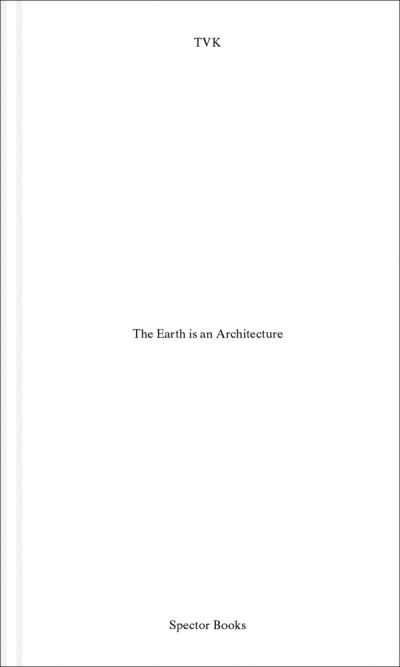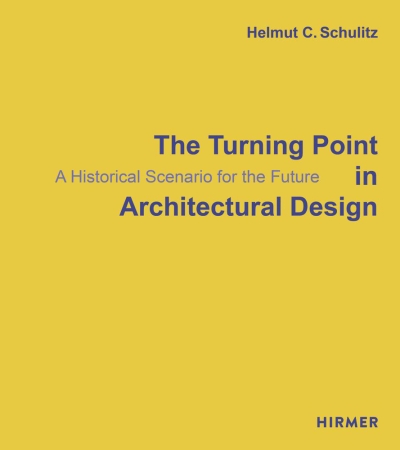Sou Fujimoto
Futurospektive Architektur
gerade nicht auf Lager
François Bonnet, Bartolomé Sanson (eds.)
Spectres 2. Résonances / Resonances
Gabi Dolff-Bonekämper
Der Streitwert der Denkmale. Berliner Texte
gerade nicht auf Lager
Simone Bogner, Sylvia Butenschön, Jurek…
Denkmalwelten und Erbediskurse
Jan Knikker
How to Win Work. The Architect's Guide to Business…
gerade nicht auf Lager
Peter Mörtenböck, Helge Mooshammer (Hg)
Platform Urbanism and its discontents.
gerade nicht auf Lager
Ashley Paine, Susan Holden, John…
Valuing Architecture: Heritage and the Economics of Culture…
Dimitra Kondylatou, David Bergé (Eds.)
The Architect is Absent. Approaching the Cycladic Holiday…
gerade nicht auf Lager
Matthew Fuller, Eyal Weizman
Investigative Aesthetics. Conflicts and Commons in the…
gerade nicht auf Lager
Laura Raicovich
Culture Strike. Art and Museums in an Age of Protest
gerade nicht auf Lager
Alison B. Powell
Undoing Optimization. Civic Action in Smart Cities
gerade nicht auf Lager
Paul Pethick
Power of Play. How play and its games shape life
gerade nicht auf Lager
Angélil, Biechteler, Dietz, Käferstein…
Building for Architecture Education. Architekturpädagogiken…
72 Hour Urban Action
Die Gefühletaktik | The Love Tactic
Isabelle Doucet, Janina Gosseye (Hg.)
Activism at Home. Architects dwelling between politics,…
gerade nicht auf Lager
Legacy Russell
Glitch Feminismus. Ein Manifest
gerade nicht auf Lager
Vinciane Despret
Was würden Tiere sagen, würden wir die richtigen Fragen…
gerade nicht auf Lager
Calla Henkel
Other People's Clothes
gerade nicht auf Lager
Philipp Sarasin
1977. Eine kurze Geschichte der Gegenwart
gerade nicht auf Lager
Patricia Bickers
The Ends of Art Criticism
gerade nicht auf Lager
Katharina Hoppe, Thomas Lemke
Neue Materialismen zur Einführung
Zachary Horton
The Cosmic Zoom. Scale, Knowledge, and Mediation
gerade nicht auf Lager
Ciara Cremin
The Future is Feminine. Capitalism and the Masculine…
gerade nicht auf Lager
Kate Crawford
Atlas of AI. Power, Politics, and the Planetary Costs of…
gerade nicht auf Lager
N. Reynolds, M. McCormick
No Fixed Points: Dance in the Twentieth Century
Design Studio for Social Intervention
Ideas Arrangements Effects: Systems Design and Social…
gerade nicht auf Lager
Inke Arns, Marie Lechner (Hg)
Computer Grrrls. HMKV Ausstellungsmagazin 2021/1
Claude Lévi-Strauss
Strukturale Anthropologie Zero
Noam Chomsky, Robert Pollin
Die Klimakrise und der Global Green New Deal. Die…
gerade nicht auf Lager
Amy Cimini, Bill Dietz (eds)
Maryanne Amacher: Selected Writings and Interviews
gerade nicht auf Lager
Hélène Cixous (Wolfgang Hottner Hg.)
Die meineidige Stadt oder das Erwachen der Erinyen
gerade nicht auf Lager
Harriet Harriss, Rory Hyde, Roberta…
Architects After Architecture. Alternative Pathways for…
gerade nicht auf Lager
Jan Silberberger (Ed.)
Against and For Method. Revisiting Architectural Design as…
gerade nicht auf Lager
Christine Eyene
Sounds Like Her. Gender, Sound Art & Sonic Cultures
gerade nicht auf Lager
Judith Lochhead, Eduardo Mendieta,…
Sound and Affect. Voice, Music, World
Lee Chichester, Brigitte Sölch (Hg)
Kunsthistorikerinnen 1910 - 1980. Theorien, Methoden,…
Tobias Michnik und Leander Nowack
Übergangsräume. Die Bushaltestellen auf der Berliner…
gerade nicht auf Lager
Annett Busch, Tobias Hering (Eds.)
Tell It to the Stones. Encounters with the Films of Danièle…
gerade nicht auf Lager
Boris Groys
Logic of the Collection
gerade nicht auf Lager
Daniela Zyman (Ed.)
Oceans Rising. A Companion to “Territorial Agency: Oceans…
Peter Sutherland
Colorado
gerade nicht auf Lager
Elias Guenoun
198 Wood Joints
Alison J. Clarke
Victor Papanek. Designer for the Real World
gerade nicht auf Lager
Philipp P. Metzger
Wohnkonzerne enteignen! Wie Deutsche Wohnen & Co ein…
gerade nicht auf Lager
Elizabeth Ezra
The Cinema of Things. Globalization and the Posthuman Object
gerade nicht auf Lager
MMS (Maryam Fanni, Matilda Flodmark and…
Natural Enemies of Books. A Messy History of Women in…
gerade nicht auf Lager
Sascha Roesler
Weltkonstruktion. Eine Globalgeschichte der…
gerade nicht auf Lager
Owen Hatherley
Clean Living under Difficult Circumstances. Finding a Home…
gerade nicht auf Lager
Benjamin Bratton
The Revenge of the Real. Politics for a Post-Pandemic World
gerade nicht auf Lager
Gisela Notz
Genossenschaften. Geschichte, Aktualität und Renaissance
Lorenz Engell
Das Schaltbild. Philosophie des Fernsehens
Rafal Niemojewski
Biennials: The Exhibitions We Love to Hate
Gerold Kunz, Hilar Stadler, Jonathan…
On and Around Architecture. Ten conversations. Sergison…
Jens Balzer
High Energy. Die Achtziger - das pulsierende Jahrzehnt
gerade nicht auf Lager
Bund Deutscher Architektinnen und…
Architektinnen・BDA
gerade nicht auf Lager
ETH Newrope (Ed.)
Design in Dialogue. 51N4E, endeavour, Denkstatt
gerade nicht auf Lager
J. Wangel, E. Fauré
Beyond Efficiency. Speculative design for living in the…
gerade nicht auf Lager
Michelle Christensen, Ralf Michel,…
NERD - New Experimental Research in Design 2
gerade nicht auf Lager
Brandon LaBelle, Víctor Aguado, Ramón…
Party Studies Vol. 1: Home Gatherings, Flat Events, Festive…
gerade nicht auf Lager
Tom Holert (Hg.)
Harun Farocki. Unregelmäßig, nicht regellos. Texte 1986–2000
Barnabas Calder
Architecture. From Prehistory to Climate Emergency
gerade nicht auf Lager
Anne Miltenburg
Design. Think. Make. Break. Repeat. A Handbook of Methods (…
IDEA Magazine
IDEA 394. Class for Graphic Design Circle of Education,…
gerade nicht auf Lager
Marie Staggat, Timo Stein
Hush – Berliner Clubs in Zeiten der Stille / Berlin Club…
gerade nicht auf Lager
Martina Löw, Volkan Sayman, Jona…
Am Ende der Globalisierung: Über die Refiguration von Räumen
Carsten Seiffarth (Hg) edition neue…
urban sound art / stadtklangkunst. bonn hoeren 2010-2019
gerade nicht auf Lager
Andreas Malm and the Zetkin Collective
White Skin, Black Fuel. On the Danger of Fossil Fascism
Andrej Holm, Ulrike Hamann, Sandy…
Die Legende vom Sozialen Wohnungsbau
gerade nicht auf Lager
Giulia Foscari / UNLESS (Hg)
Antarctic Resolution
gerade nicht auf Lager
Daniel Kiss, Simon Kretz (Hg)
Relational Theories of Urban Form. An Anthology
gerade nicht auf Lager
Friederike Landau, Lucas Pohl, Nikolai…
[Un]Grounding: Post-foundational Geographies
Raúl Sánchez Cedillo
Das Absolute der Demokratie. Gegenmächte, Körper-Maschinen…
gerade nicht auf Lager
Anne Boyer
Die Unsterblichen. Krankheit, Körper, Kapitalismus
gerade nicht auf Lager
Jeffrey Hou, Sabine Knierbein (Eds.)
City Unsilenced. Urban Resistance and Public Space in the…
Philipp Zitzlsperger
Das Design-Dilemma zwischen Kunst und Problemlösung
Sekou Cooke
Hip-Hop Architecture
Stefanie Bürkle
MigraTouriSpace. Raummigration und Tourismus / Migrating…
Joannette van der Veer (Ed.)
CriticALL! (un)professional everyday design criticism
gerade nicht auf Lager
German Pavilion at the 17th…
2038. The New Serenity
Isabelle Lorey
Demokratie im Präsens. Eine Theorie der politischen…
Tom Holert, HKW (Hg.)
Bildungsschock. Lernen, Politik und Architektur in den…
Donald K. Carter (Ed.)
Remaking Post-Industrial Cities. Lessons from North America…
Harry W. Richardson, Chang Woon Nam (…
Shrinking Cities. A Global Perspective
gerade nicht auf Lager
Robert Klanten, Elli Stuhler (Hg)
Evergreen Architecture. Overgrown Buildings and Greener…
gerade nicht auf Lager
Edward Tufte
Seeing With Fresh Eyes: Meaning, Space, Data, Truth
gerade nicht auf Lager
Sara Ahmed
Eigenwillige Subjekte. Eigenwilligkeit als Politik des…
gerade nicht auf Lager
Francesco Garutti (ed.)
The Things Around Us: 51N4E and Rural Urban Framework
gerade nicht auf Lager
Anselm Franke, Nida Ghouse, Paz Guevara…
Parapolitics. Cultural Freedom and the Cold War
Seng Kuan (Hg)
Kazuo Shinohara. Traversing the House and the City
gerade nicht auf Lager
Moisés Puente (Hg)
2G 82. Ensamble Studio
Daniel Mettler, Daniel Studer (Hg) BUK…
Konstruktion. Manual. ETH Zürich - BUK
gerade nicht auf Lager
Andrea Long Chu
Females. Alle sind weiblich
gerade nicht auf Lager
Susan Schuppli
Material Witness. Media, Forensics, Evidence
Cathy Lane, Angus Carlyle
Sound arts now
Federica Bueti, Antonia Alampi,…
We Have Delivered Ourselves from the Tonal — Von, mit, zu,…
gerade nicht auf Lager
TVK. Pierre Alain Trévelo, Antoine…
The Earth is an Architecture
gerade nicht auf Lager
Helmut C. Schulitz
The Turning Point in Architectural Design. A Historical…
Giulia Mensitieri
Das schönste Gewerbe der Welt

